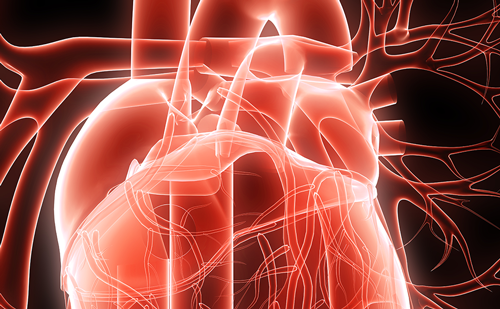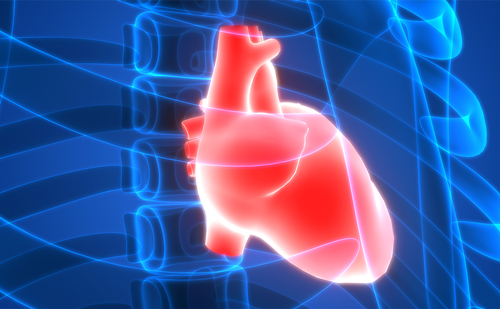Introduction: Implantable loop recorder (ILR) implantation has become a mainstay for management of infrequent symptoms suspected to be of arrhythmic origin. Since their first documented use in 1990, these devices have seen multiple iterations and are now self-contained injectable systems that can be implanted by non-medical staff with additional training. Cardiac physiologist (CP)-led implant services have become widely adopted across the UK, and demonstrated a proven benefit in reducing waiting times and improving patient satisfaction. For CPs to be able to undertake these procedures that would otherwise be out of their usual scope of practice, they must undertake additional specialised training, including becoming competent in wound closure. Whilst there have been studies on methods of wound closure with larger wounds, there remains no distinct wound closure guidelines for smaller wounds, such as those made during ILR insertion/removal. This results in different centres utilizing different methods of wound closure, resulting in variability in patient satisfaction, complication rates, procedure techniques, cost and staff training requirements. This single tertiary -centre prospective audit aimed to establish complication rates and patient satisfaction, in 21 patients, after CP-led ILR insertion/removal with wound closure using Steri-Strips™.
Methods: Patients undergoing ILR implant or explant in the CP-led service were asked to send a photograph of their wound to a secure email inbox, 4 weeks post-procedure. The photographs were reviewed by CPs and assessed using a standardized form. Patients were then telephoned and given a standardized questionnaire on their overall experience. Answers were recorded and saved onto a secure password protected folder.
Results: Overall, patients had a positive experience with regards to wound healing after implant or explant. Patients reported minimal bleeding and most dressings being removed between 4–10 days. One patient reported dissatisfaction and suffered a complication requiring wound review. This has established that Steri-Strips™ are a safe method of wound closure, and provide patients with a satisfactory and positive experience.
Conclusions and implications: This audit has demonstrated that Steri-Strips™ are a satisfactory method of wound closure for patients undergoing ILR implant or explant in a CP-led clinic. Minimal complications were observed and the overall experience of patients undergoing ILR implant or explant was positive. At present, there is minimal data on wound closure for ILR procedures, especially with reference to CP-led clinics. In an effort to standardize care, future research projects directly comparing methods of wound closure in CP-led ILR implant and explant clinics should be conducted to compare safety and patient satisfaction of all available methods. Impacts on cost benefit, time per procedure and operator experience per method of wound closure should be studied in addition, to provide a comprehensive overview of the service and its users as a whole. ❑







